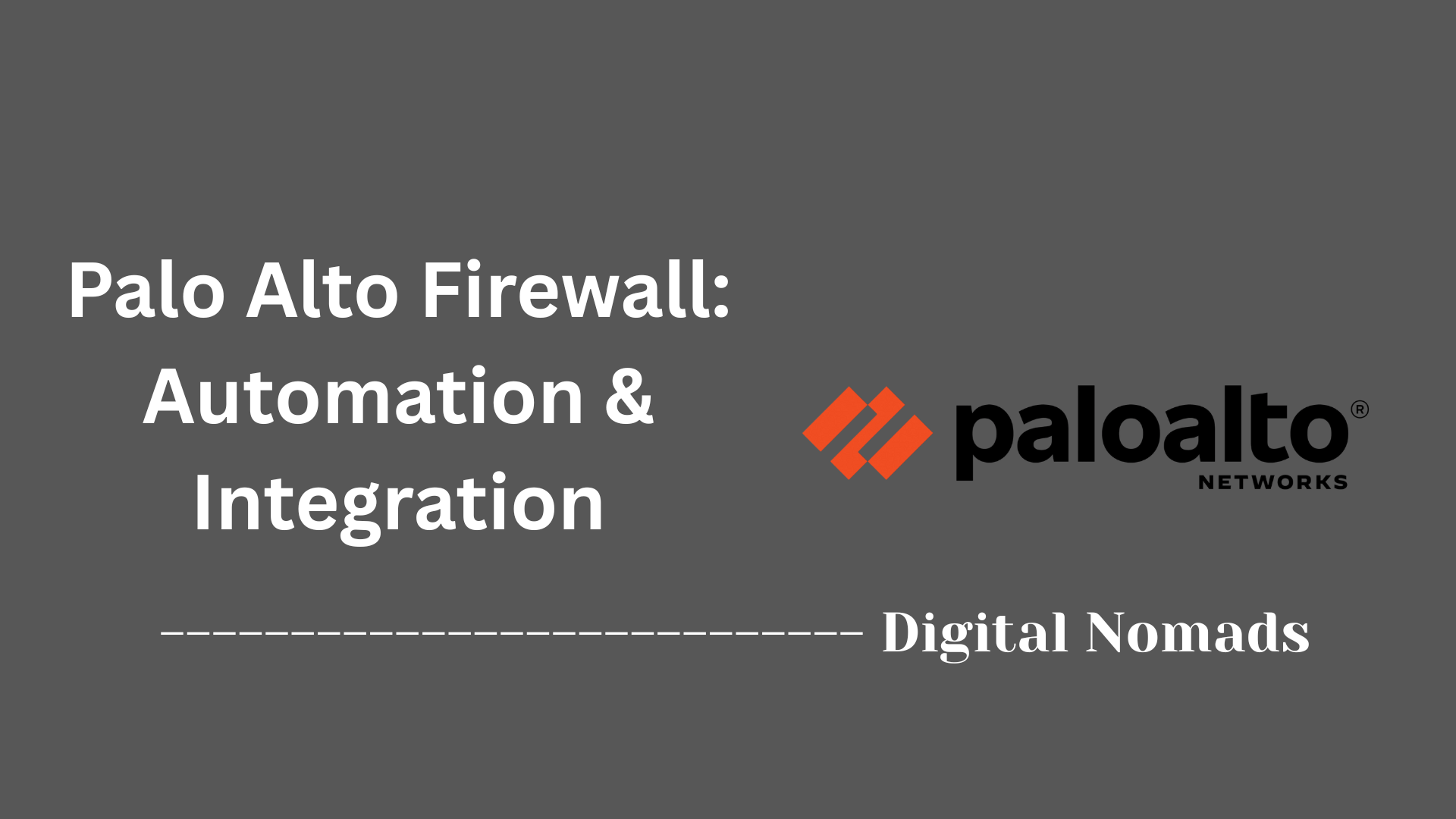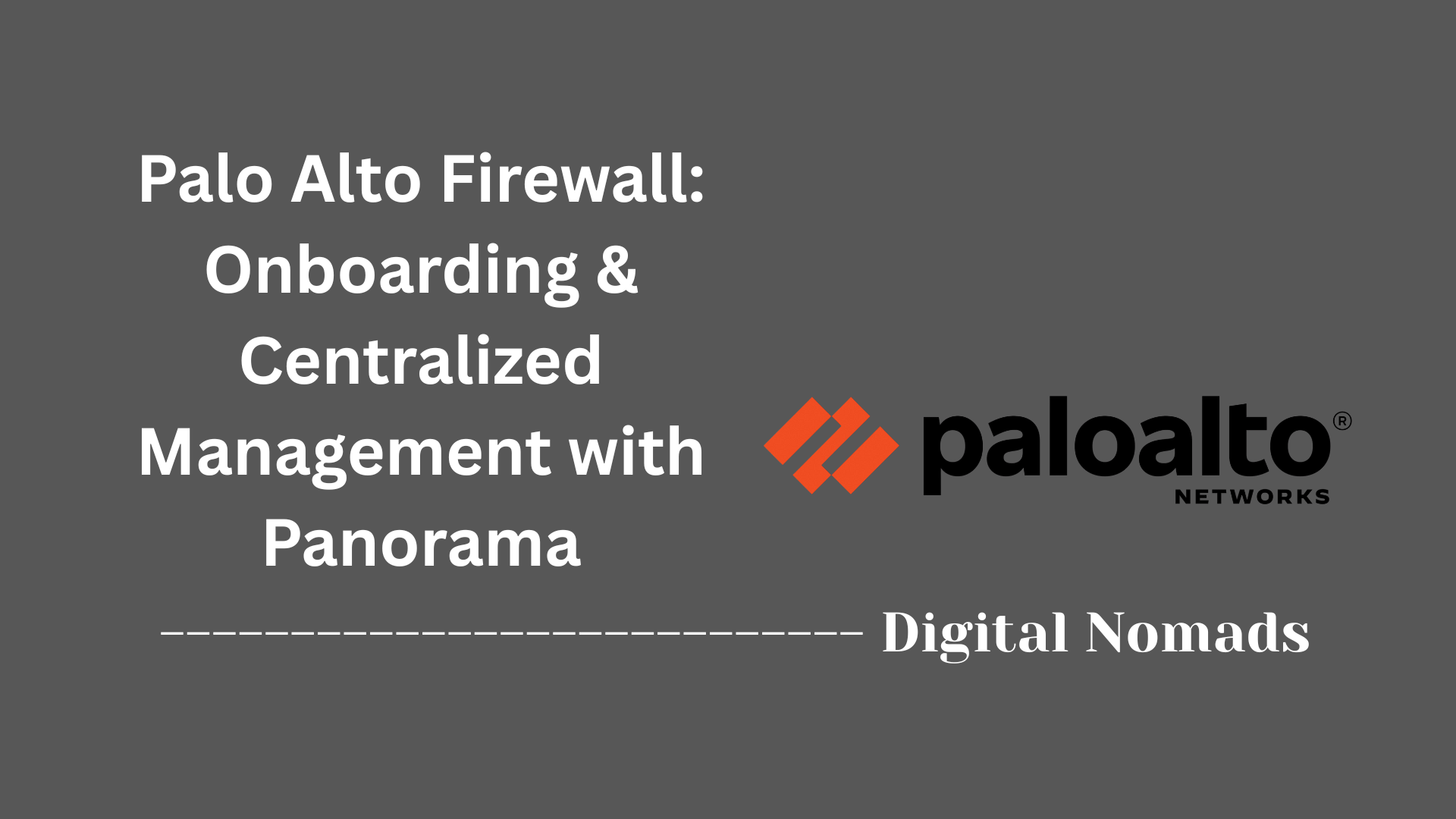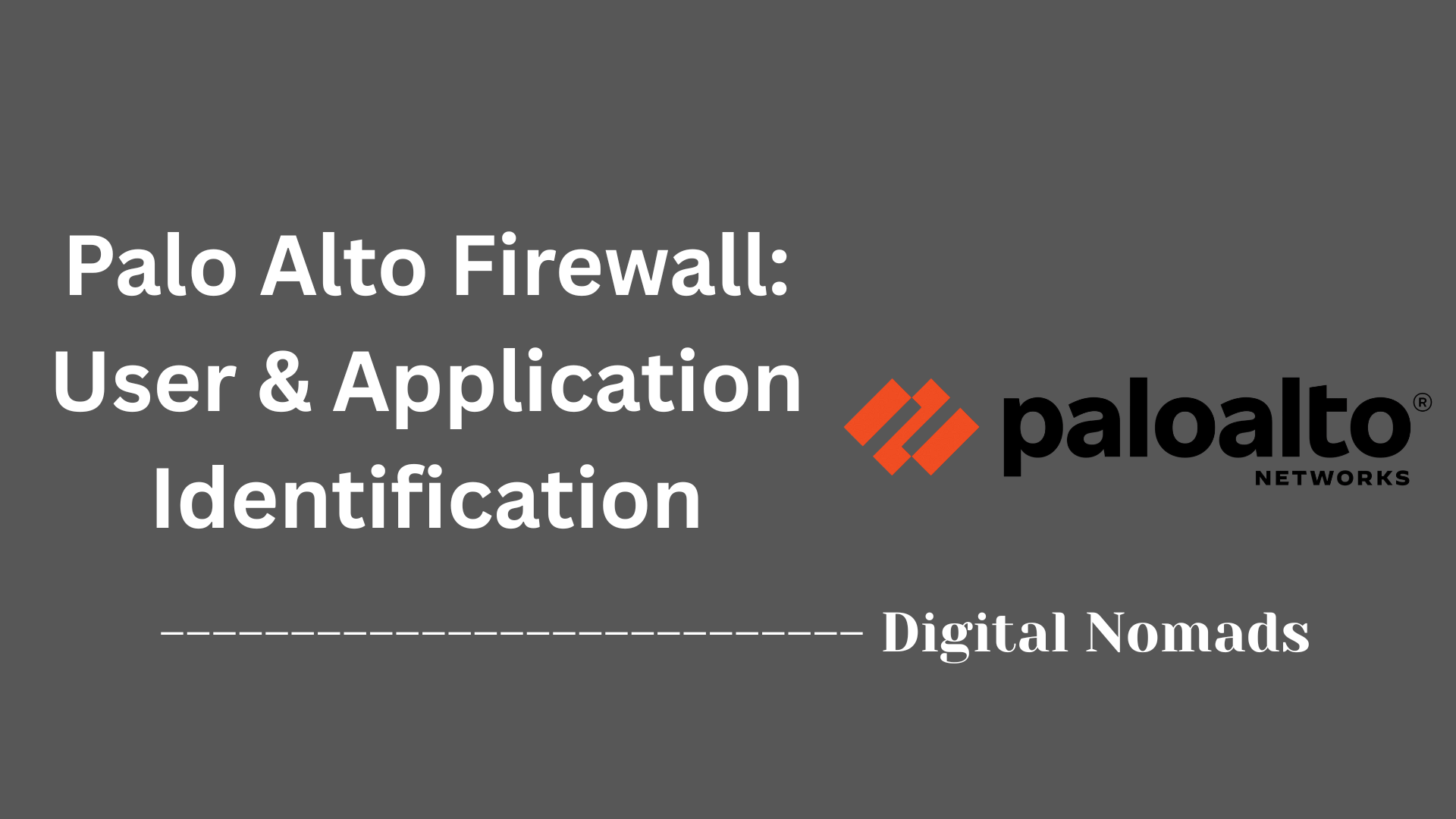Table of Contents
- Overview
- High Availability (HA) Architecture
- Scalability Features
- Best Practices and Operational Considerations
- Reference Table: Key HA and Scalability Features
- Conclusion
Overview of Palo Alto High Availability and Scalability
What Is High Availability and Scalability?
High Availability (HA) and Scalability are critical features of Palo Alto Networks firewalls designed to ensure continuous protection and adaptability as network demands grow.
- High Availability (HA) refers to the deployment of two or more firewalls in a configuration that minimizes downtime and service interruptions. If one firewall fails, another seamlessly takes over, maintaining network security and connectivity.
- Scalability is the ability to expand firewall capacity or performance to handle increased traffic and workloads. This can be achieved by adding more firewall instances (horizontal scaling) or by increasing the resources of existing firewalls (vertical scaling).
Why You Need to Know About It
- Business Continuity: HA ensures that your network remains protected even during hardware failures, maintenance, or upgrades, reducing the risk of outages that could disrupt operations.
- Compliance: Many regulatory standards (such as HIPAA, PCI-DSS, and GDPR) require high uptime and robust security, which HA helps achieve.
- Adaptability: Scalability allows organizations to respond to growth, spikes in traffic, or changing business needs without sacrificing security or performance.
- Operational Efficiency: Centralized management and seamless failover reduce manual intervention and simplify administration.
How It Works
High Availability (HA)
- HA Pairs: Firewalls are deployed in pairs (active/passive or active/active). In active/passive mode, one firewall handles all traffic while the other stands by to take over if needed. In active/active mode, both firewalls share the traffic load.
- Synchronization: Firewalls in an HA pair continuously synchronize session data, configuration, and state information over dedicated links. This ensures that, during a failover, the backup firewall can take over with minimal disruption.
- Failover Triggers: Automatic failover can be triggered by hardware failures, link or path monitoring, or loss of heartbeat signals between firewalls.
- Seamless Transition: Stateful synchronization enables ongoing sessions to continue without interruption during a failover.
Scalability
- Horizontal Scaling: Multiple firewalls can be deployed across different zones or clusters, often behind load balancers, to distribute traffic and increase capacity.
- Vertical Scaling: Firewall resources (such as CPU and memory) can be increased, especially in virtualized or cloud environments, to handle more sessions and throughput.
- Cloud and Hybrid Integration: Palo Alto firewalls can leverage cloud-native features for dynamic scaling, allowing resources to be adjusted automatically based on demand.
- Centralized Management: Tools like Panorama enable unified management, policy enforcement, and monitoring across all firewall instances, streamlining operations and supporting large-scale deployments.
In summary, Palo Alto High Availability and Scalability solutions are designed to keep your network secure, resilient, and adaptable, ensuring continuous protection and performance as your organization evolves.
High Availability (HA) Architecture
This section outlines the core architectural components that enable Palo Alto Networks firewalls to deliver robust high availability for uninterrupted security and network uptime:
-
HA Modes:
Active/Passive: One firewall actively manages traffic while the other remains synchronized and ready to take over instantly if a failure occurs.
Active/Active: Both firewalls process traffic simultaneously, providing load balancing and redundancy for high-throughput environments. -
HA Links:
HA1 Link: Dedicated control channel for exchanging heartbeats, hellos, and state information between firewalls.
HA2 Link: Synchronizes session and configuration data, ensuring stateful failover.
HA3 Link (Active/Active only): Handles packet forwarding between firewalls for seamless traffic distribution. -
Heartbeat Backup:
Provides an additional monitoring path to detect failures if the primary HA1 link goes down, minimizing the risk of split-brain scenarios. -
Stateful Synchronization:
Continuously mirrors active session data, routing, and security policies between HA peers so that ongoing sessions are preserved during failover. -
Failover Triggers:
Automatic failover is initiated by hardware failures, interface or path monitoring, or loss of heartbeat signals, ensuring rapid response and minimal downtime. -
Configuration Prerequisites:
Both firewalls must run matching PAN-OS versions, have identical licenses, and be synchronized with the same threat databases for HA to function correctly.
Scalability Features
This section details the core scalability capabilities of Palo Alto Networks firewalls, enabling organizations to adapt security infrastructure as demands grow or change:
-
Horizontal Scaling:
Deploy multiple firewall instances across different network zones or clusters. This approach, often combined with load balancers, allows traffic to be distributed efficiently, supporting growth in users, applications, or data without bottlenecks. -
Vertical Scaling:
Increase the resources (CPU, memory) allocated to each firewall instance, especially in virtualized or cloud environments. VM-Series firewalls can dynamically scale based on assigned resources, supporting more sessions and higher throughput as needed. -
Cloud and Hybrid Integration:
Palo Alto firewalls integrate with cloud-native services, enabling dynamic resource allocation and automated scaling in response to real-time demand. This ensures consistent security coverage whether workloads are on-premises, in the cloud, or in hybrid environments. -
Session Resiliency:
Advanced session management features, including integration with services like Google Cloud Memorystore, allow session information to persist across failovers or scaling events, maintaining uninterrupted user experiences. -
Centralized Management:
The Panorama platform provides unified policy management, monitoring, and orchestration for all firewall instances. This simplifies operations and ensures consistent security policies as infrastructure scales. -
Automated Provisioning:
Support for infrastructure-as-code and automation tools enables rapid deployment and scaling of firewall resources, reducing manual intervention and supporting agile IT operations.
Best Practices and Operational Considerations
This section highlights essential best practices and operational guidelines for deploying and maintaining Palo Alto Networks High Availability (HA) and scalable firewall environments:
-
Dedicated HA Interfaces:
Always use dedicated interfaces for HA1 (control) and HA2 (data synchronization) links. Provision backup links for both to ensure redundancy and minimize the risk of split-brain scenarios. Assign sufficient bandwidth to HA2, as it handles session synchronization. -
Consistent Configuration and Versioning:
Ensure both firewalls in an HA pair run the same PAN-OS version, have identical licenses, and are configured with matching security policies, zones, and network settings. Regularly synchronize configurations to prevent drift and maintain seamless failover[2][5]. -
HA Timers and Link Settings:
Start with the recommended HA timer profiles. Use the “Auto” setting for passive link states to speed up failover. If needed, adjust to “Aggressive” for faster detection and response. Enable heartbeat backup for additional monitoring[2]. -
Monitoring and Failover Triggers:
Enable both link and path monitoring to detect failures at the interface and network path levels. Monitor all critical interfaces and multiple paths to ensure robust failover coverage. Review system logs regularly to identify and address potential issues[2][5]. -
Testing and Validation:
Conduct scheduled failover tests to validate HA functionality and ensure the passive firewall can take over seamlessly. Simulate real-world failure scenarios and analyze logs to improve readiness[5]. -
Upgrade and Maintenance:
Perform rolling upgrades—update one firewall at a time in the HA pair to maintain uninterrupted protection. Schedule maintenance during low-traffic periods and always back up configurations before making changes[4][16]. -
Centralized Management:
Use Panorama or similar centralized management platforms to orchestrate policies, monitor HA health, and streamline large-scale deployments. This approach ensures consistent policy enforcement and simplifies operational oversight[6]. -
Compliance and Documentation:
Maintain detailed documentation of your HA and scalability configurations. Regularly review compliance requirements (such as PCI-DSS, HIPAA, or GDPR) and ensure your deployment meets necessary standards for uptime and security[5].
Reference Table: Key HA and Scalability Features
This table summarizes the essential features of Palo Alto Networks High Availability (HA) and Scalability, providing a quick reference for design and deployment decisions:
| Feature | Description |
|---|---|
| Active/Passive HA | One firewall is active and handles all traffic; the other remains synchronized and ready to take over instantly if a failure occurs. |
| Active/Active HA | Both firewalls process traffic simultaneously, providing load balancing and redundancy for high-throughput environments. |
| HA1/HA2/HA3 Links | Dedicated interfaces for control, synchronization, and (in active/active) packet forwarding, ensuring seamless state sharing and failover. |
| Heartbeat Monitoring | Continuously monitors the health of HA peers and triggers failover if a failure is detected. |
| Horizontal Scaling | Deploy multiple firewall instances across zones or clusters to distribute traffic and support growth. |
| Vertical Scaling | Increase resources (CPU, memory) for each firewall instance, especially in virtual or cloud deployments, to handle more sessions and throughput. |
| Centralized Management | Manage all firewall instances and policies from a single platform (Panorama), ensuring consistency and operational efficiency. |
| Session Resiliency | Maintains active sessions across failovers or scaling events, often using cloud-native storage for session persistence. |
| Compliance Support | Supports industry uptime and security requirements (e.g., PCI-DSS, HIPAA, GDPR) through robust HA and scalability features. |
Conclusion
Throughout this blog post, we’ve explored the essential concepts and practical details of Palo Alto Networks High Availability (HA) and Scalability. Here’s a quick recap of what we’ve covered:
- Overview: We defined HA and Scalability, explained why they matter for business continuity, compliance, and operational efficiency, and outlined how they work within Palo Alto Networks firewalls.
- HA Architecture: We broke down the core components—HA modes, dedicated links, heartbeat monitoring, and stateful synchronization—that enable seamless failover and minimal downtime.
- Scalability Features: We examined how Palo Alto supports both horizontal and vertical scaling, integrates with cloud and hybrid environments, and leverages centralized management to ensure your security infrastructure can grow with your organization.
- Best Practices: We shared actionable tips for deploying and maintaining HA and scalable firewalls, from configuration consistency and monitoring to upgrade strategies and compliance.
- Reference Table: We provided a handy summary of key features to help you design, deploy, and manage robust, resilient, and scalable Palo Alto firewall environments.
Key Takeaways:
- High Availability ensures your network stays protected and operational, even during failures or maintenance.
- Scalability means your security infrastructure can adapt as your business grows or changes.
- Following best practices and leveraging centralized management tools like Panorama will help you maximize uptime, performance, and compliance.
Thank you for joining us on this deep dive into Palo Alto High Availability and Scalability! If you have questions, want to share your experiences, or need help with your own deployment, feel free to leave a comment or reach out. Here’s to building a more resilient and scalable network—happy securing! 🚀




